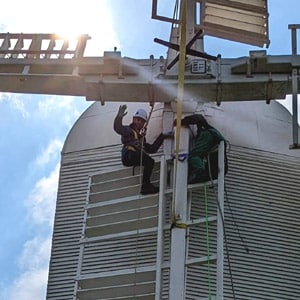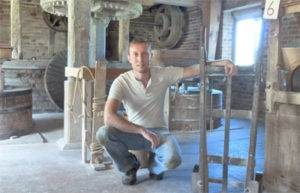
A trainee millwright has been awarded a grant to help safeguard one of Sussex’s most endangered craft skills thanks to a grant from Heritage Crafts supported by the Sussex Heritage Trust.

Millwrighting has been identified by the Red List of Endangered Crafts as a critically endangered skill. As a result, SPAB is inviting applications for one place on its Craft Fellowship scheme from a craftsperson in any relevant trade who has an interest in mills, and in using and extending their skills to repair and maintain them.
New research by the Heritage Crafts Association has unearthed dozens more traditional craft skills on the verge of extinction in the UK, in the first major update of its pioneering project, the Red List of Endangered Crafts launched on Saturday 9 March.